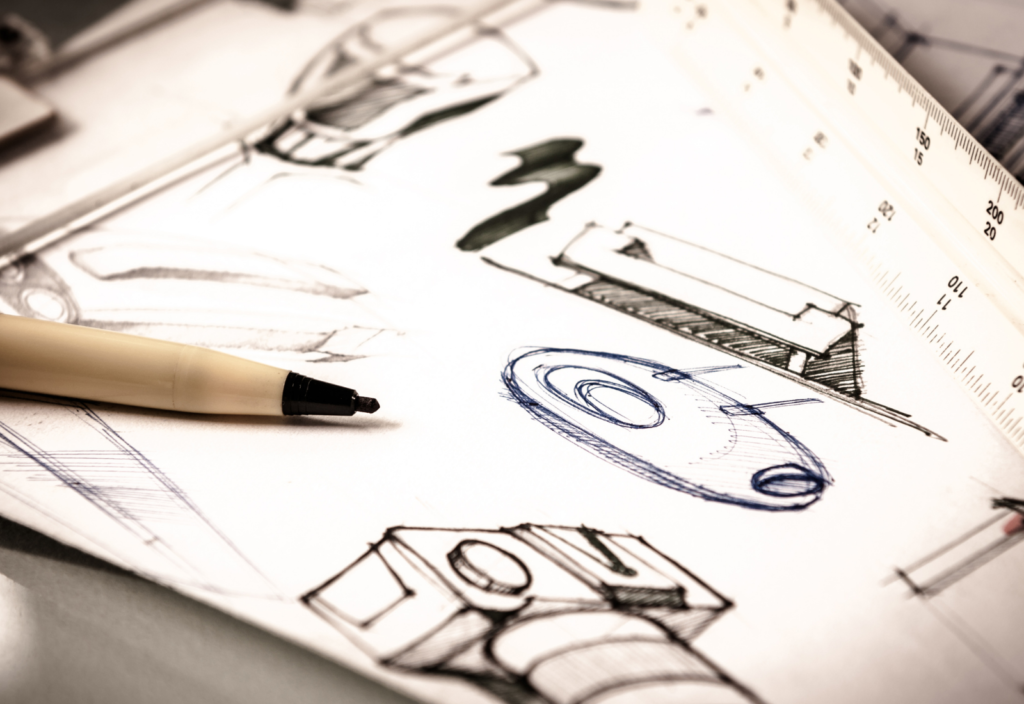I saw a Teams chat the other day between one of our international manufacturing lawyers and one of our corporate lawyers. The corporate lawyer had posted a request for an example of a product development contract because one of her American clients was going to be working with another U.S. company to develop a product. Though our manufacturing lawyers draft dozens of product development agreements every year (and hundreds of other manufacturing contracts), this request was unusual because it sought information to craft a purely domestic such agreement and we — sadly — average about one of those a year.
Anyway, one of our manufacturing lawyers responded by sending a China product development agreement, along with the following brief explanation of it:
This is an example of what we do for China and this pretty much also tracks what we do in the rest of the world. We have done similar agreements for nearly all of Asia and for much of Latin America as well. I have intentionally given you one of our simpler, more basic such agreements, figuring it will serve better as a starting point for both you and the client. It hits the basic issues.
The basic structure for design agreements are as follows:
1. What will be designed.
2. The costs and how those costs will allocated and paid.
3. The milestones for completion, with payment tied to these milestones and remedies provided if any of the milestones are not met. This is the complicated part.
4. Specific deliverables, again tied to milestones. This needs to be clear. The contract should set out exactly what will be delivered at each milestone and the criteria for “success”.
5. Deliverables at the end of the project: say, five working prototypes with all design documents, with the deliverables meeting specific criteria as a standard for success.
6. IP ownership of the result: standard work for hire language and related.
7. NNN provisions. This is especially important because we need to protect our client’s IP whether the product development deal succeeds or fails.
8. Governing law and dispute resolution.
One reason these agreements can get so complicated is because there is usually an added manufacturing component. That is, the product designer is usually also the potential future manufacturer. If that is not part of your project, the document can be limited to the outline above. Failure is very common, so dealing with failure within your agreement is an important feature. Failure typically occurs when the design is not adequate or when timelines are not met.
As our manufacturing lawyer noted, if manufacturing will be part of the business relationship, things can very quickly get more complicated. We’ve written about this previously in the China context in a variety of ways, but here’s something worth repeating:
Lawyers all over the world have become masters at writing complex and sophisticated intellectual property provisions for product development and manufacturing agreements. Because these IP provisions are written to cover every possible situation, they are usually written at such a high level of abstraction they often have little to no real meaning on the ground in Asia.
Our solution at this point is not to further refine or revise the already highly refined IP language. Instead, we recommend focusing instead on the practical issue of manufacturing rights. At the end of the development process the Chinese factory and its foreign customer (our client) will be looking at a set of prototypes and the sole issue for the foreign party at that point is usually what can it can do with those prototypes?
The right to manufacture should be clearly understood by both sides before the parties start discussing the more abstract issues of intellectual property rights.
What domestic (or international) product development and manufacturing issues have you encountered?

























